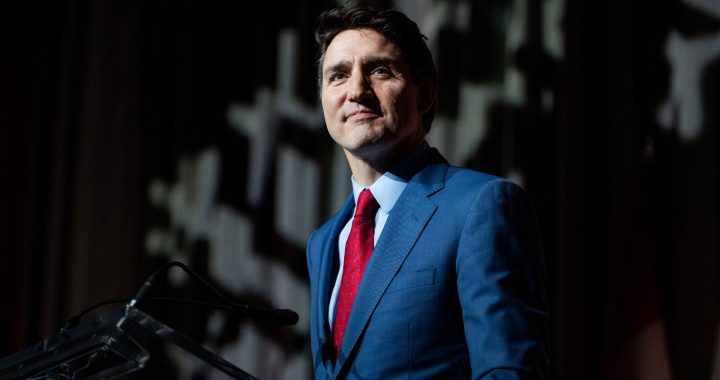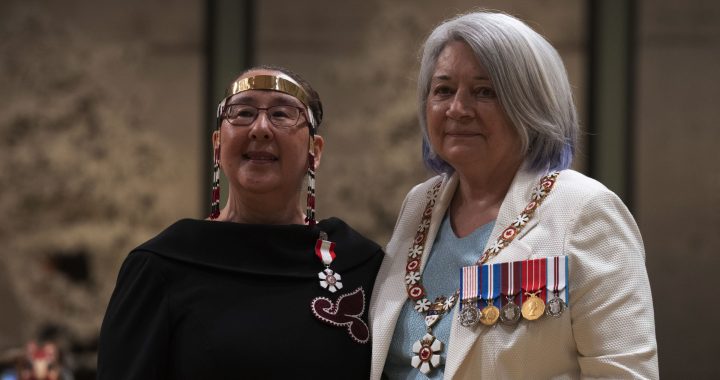U.S. considers ‘Native Canadian groups’ as possible terror threats: embassy cables
The U.S. has been keeping regular intelligence on potential security threats in Canada, including the activities of First Nations groups, according to two cables sent by the U.S. embassy in Ottawa and obtained by APTN National News.
By Jorge Barrera
APTN National News
OTTAWA-The U.S. has been keeping regular intelligence on potential security threats in Canada, including the activities of unnamed First Nations groups, according to two cables sent by the U.S. embassy in Ottawa and obtained by APTN National News.
The cables, labelled “secret,” were given to APTN by whistleblower website WikiLeaks. They were in a batch of about 800 cables that were not part of this week’s larger release of U.S. State Department cables originating in Canada.
They were embargoed until 9 p.m. ET Friday.
The cables, sent from the U.S. embassy in Ottawa, and titled, Security Environmental Profile Response For Mission Canada, appear to be part of regular updates on the situation in the country.
The U.S. identified the involvement of Aboriginal groups in anti-U.S. demonstrations and as possible terror threats in a Feb. 27, 2009 cable.
In a Feb. 16, 2005 cable, Aboriginal groups are only identified as possible terror threats.
The copy of the cables obtained by APTN, however, only include a “partial extract of the original cable,” according to the documents.
The cables are structured as answers to a list of questions not contained in the documents.
Under the subheading “Demonstrations,” the information details the size, type and frequency of demonstrations, highlighting those targeting the U.S. and its domestic and foreign policies.
“Human rights groups, small political protest/grass roots organizations and Canadian Aboriginal groups are prone to carrying out demonstrations aimed at the host government and sponsor anti-U.S. demonstrations,” reads the cable from 2009.
The same cable then describes the types of issues that have triggered demonstrations and the size.
“Peaceful demonstrations and marches occur near the embassy on a frequent basis and involve between 20 to 100 persons. Police support including notification and monitoring is excellent,” said the cable. “Ongoing U.S. Foreign Policy initiatives and military actions as well as U.S domestic issues related to the U.S. Canada border have triggered Anti-American demonstrations(sic).”
The cable also noted Toronto and Vancouver see the largest demonstrations.
The 2005 cable said there was an increase in demonstrations throughout the country as a result of the Iraq war.
The cables also list potential terrorist threats in Canada. Under the heading “Indigenous Terrorism,” the cables outline several subgroups of interest, including Anti-American Terrorist Groups and Other Indigenous Terror Groups.
Both cable lists indicate there are no known Anti-American terrorist groups or formally named home-grown terror groups in Canada. The cables, however, include Aboriginal groups under the heading of “Other Indigenous Terror Groups” which also named the so-called Toronto 18, who were arrested in 2006 for planning attacks against Canadian targets.
“These ‘homegrown terrorists’ are first generation Canadian citizens, primarily of Pakistani descent, and they were allegedly plotting to attack the CN Tower in Toronto as well as the Parliament building in Ottawa,” the 2009 cable said. “Native Canadian (Aboriginal) groups have on occasion, had confrontations with Canadian police.”
The 2005 cable lists only Aboriginal groups under the same heading.
“Native Canadian (Aboriginal) Groups have, on occasion, had confrontations with Canadian government security and military personnel,” the cable said.
The 2009 cable also notes that the RCMP arrested a “suspected terrorist” believed to be plotting attacks in Austria.
The same cable also notes that “almost every known Islamic extremist group has either a presence or sympathizers in Canada.”
[email protected]
The cables










